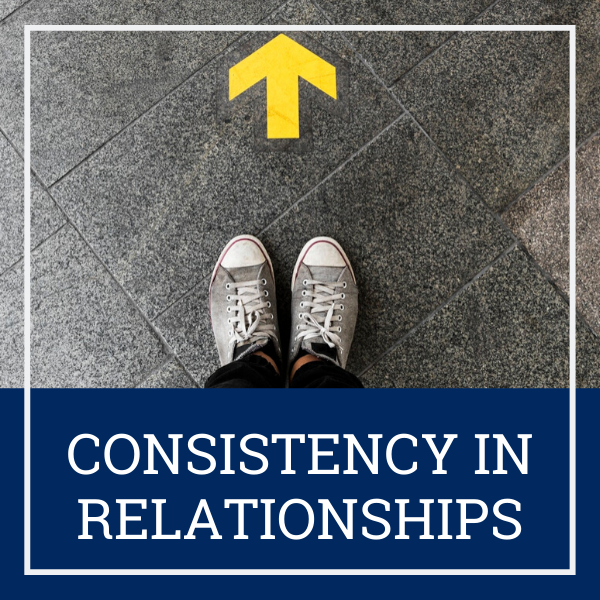Subscribe for Updates

By Eliel Gebru, Research Associate at Search Institute
A few weeks ago, I was driving with a friend to a location that confused our trusted GPS. Our blue dot was dancing all over the screen. After we got there, my friend asked, “What did we do before Google Maps? Can you imagine living without it?” I said, “I actually can—and did.”
Long before navigation apps, growing up in Addis Ababa, Ethiopia, where half the streets did not have names or numbers, your key to the city was to ask your way around. You quickly learn the value of “consistency,” especially in landmarks to provide guidance and direction.
Navigating the city was a highly social experience. If you wanted to get from point A to B, you had to ask for directions, relying first and foremost on people and their expertise. When people gave you directions, you got the most interesting descriptions with a straight face. They would say, “Go straight, turn left at the corner, and you will see a woman selling vegetables, and then you will see two roads. Take the road next to the kids playing soccer. Then ask the shopkeeper in the blue kiosk where Point B was since he lives close by.”
Even this short description sounds convoluted today because we are so used to following the blue dot. Putting aside the debate about whether our lives are better or worse because of our reliance on our smartphones and navigation apps, it is worth asking what about the old method worked.
As I reflect back, relying on people for directions worked smoothly. Not only did it get you where you need to go, but it helped you appreciate the larger context of the city. The woman selling vegetables would be there. The kids playing soccer would be there. The shopkeeper in the blue kiosk would be there. That knowledge of what was “constant” in the city provided points of direction, guidance, and reassurance.
Today, in a world that is changing at a breakneck pace, it may appear that we don’t need neighbors and neighborhood landmarks; we can rely instead on technology to give us the necessary direction. But we still need consistency for direction, even more so the people in our lives.
Fast forward to last spring, when I spoke with youth at select schools in Columbus, Ohio, where City Year AmeriCorps members work with youth in and outside of the classroom. I was asking them what they liked about their school experience. Time and time again, I heard them begin their descriptions of what they valued and appreciated during their school day with, “Because of my City Year. . . .”
They were referencing a program in 350 U.S. schools in which AmeriCorps volunteers leverage their unique “near-peer” relationships to provide behavioral and academic interventions for students, afterschool programs and in-class support. In between, they greet students as they enter the school in the morning. They hang out in the lunchroom. And they are a consistent presence in the hallways. One thing that was clear is that beyond specific interventions, what students call their “City Years”(the AmeriCorps volunteers) were more than just their tutors. They were their friends, role models, and a consistent and familiar presence throughout the school day. Over and over again, the students referred to their City Years’ ability to provide guidance and direction to help students, metaphorically, get from Point A to B.
The student comments ranged across all five elements of Search Institute’s developmental relationships framework—including specific actions that were particularly powerful in young people’s lives. AmeriCorps members consistently expressed care, challenged growth, provided support, shared power, and expanded possibilities.
These youth raved about their City Years: “They say, ‘Good Morning’ to us, every time we walk off the bus, and they cheer us when we’re coming in. They clap and say your name.” “They always give positive energy, they give us hugs. Talk to us when there’s something going on, give us information that we should know.” Time and time again, they told me that their City Year was their go-to “when something was wrong;” their go-to for sharing stories about their weekend; their go-to for lunch or help on their homework. As they said to me emphatically, “They’re not just our City Years, they’re our friends.”
Most of these youth who live in predominantly low-resourced neighborhoods experience undeniable challenges navigating their home, school, and social life. For most, their only positive experience on any given day may be their interaction with their City Years. These AmeriCorps members were their keys and “super guides” consistently helping them navigate from “A to B.”
City Year is one of five organizations Search Institute partnered with as part of the Relationships for Outcomes Initiative (ROI) that focuses on co-creating and testing innovative ways to strengthen developmental relationships that young people in marginalized communities experience. You can read more about our partnership with City Year here.
Search Institute
3001 Broadway Street NE #310
Minneapolis, MN 55413
© 2021 Search Institute |
Search Institute is a 501(c)(3) nonprofit charitable corporation. All contributions are tax deductible.
